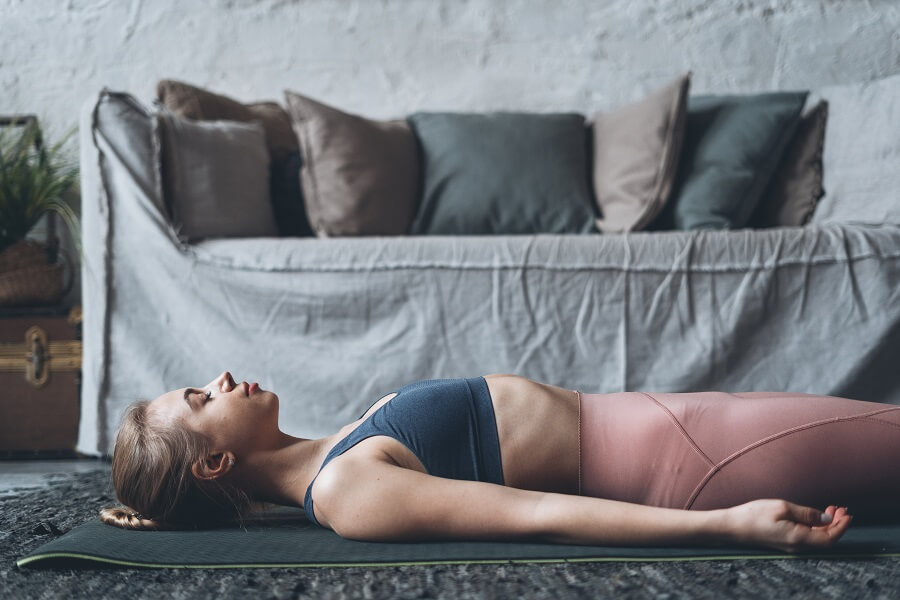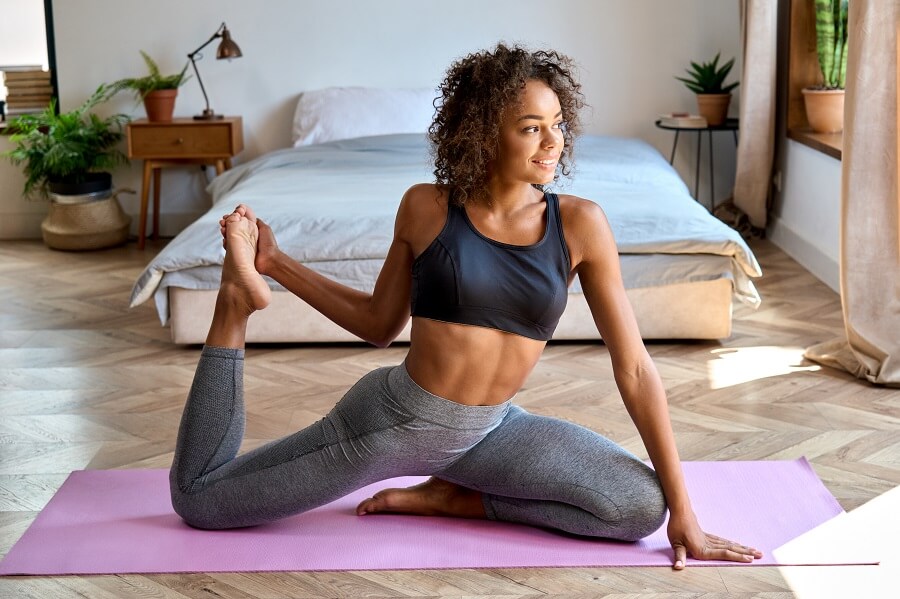Yoga Versus Hot Yoga: What's the Difference?
Posted by Eileen Durfee on 3rd Jun 2022
 Everyone loves a good workout, and yoga has been a hot topic for the past few years. More and more people turn towards this relaxing exercise to burn calories, increase flexibility, and help with mindfulness.
Everyone loves a good workout, and yoga has been a hot topic for the past few years. More and more people turn towards this relaxing exercise to burn calories, increase flexibility, and help with mindfulness.
But there are several different kinds of yoga, and many people only try one before they set up their routines. Have you considered adding hot yoga to your workout schedule?
If you're not sure if hot yoga is right for you, we want to help. Keep reading to learn all about yoga versus hot yoga and how you can benefit from a combination of the two.
The Temperature
The first and most obvious difference between standard yoga and hot yoga is the temperature.
Most forms of standard yoga can be done at any temperature. Some people like to do all of their yoga outside, so they're at the mercy of the climate. In yoga studios, the temperature is either comfortable or just below comfortable when people begin to heat up.
When you do hot yoga, there's some form of a heater in the room. Hot yoga studios try to keep a temperature of about 100 degrees Fahrenheit. If you're doing hot yoga as part of your at-home practice, you can use a near-infrared sauna to mimic the experience.
While you may end up doing yoga on a balmy 100-degree day, this is out of the ordinary unless you live in the tropics. For hot yoga, that's the norm.
The Intensity
Let's get this out of the way: both normal yoga and hot yoga vary in intensity, and both are wonderful workouts for the body, mind, and heart. That said, many factors go into overall intensity and how hard it feels like you're working. Heat plays an important role here.
When you're working out in a hot room, your heart beats faster to pump more blood through your circulatory system. As a result, your body cools itself down (we'll talk more about sweat later on). This increased heart rate can make you feel as though you're working harder than you are, which is more motivating for some people.
When you're working out in a hot setting, make sure to take regular breaks. You can take these inside the sauna or out as long as you're able to catch your breath. Also, make sure to stay hydrated! Try incorporating Healthy Salt into your daily regimen for an extra hydration boost.
The Aftermath

So what about once you're done with your yoga session?
The end of a standard yoga session is usually relaxing. You end in the corpse pose to put your body at rest. This is why yoga is great for any time of the day. You can feel rested and energized to help you wake up, or you can feel calm and relaxed to wind down.
Hot yoga is different. Because of all of the extra work that your heart is doing, it feels like a serious workout. You might be exhausted once you're finished, but that exhaustion comes with a serious sense of accomplishment.
Once your body relaxes, you'll likely feel tired and ready to rest. Just make sure to shower off all of that sweat before you go to bed!
The Sweat Factor
Speaking of sweat, hot yoga definitely makes you sweat more than standard yoga.
Standard yoga can be intense. Even a normal vinyasa flow works your muscles and keeps you warm. Hot yoga, with the yoga moves in addition to the heat, is a complete sweat-fest.
So is this a good thing? Sweat cools your body down, so you're able to keep going without the risk of heat exhaustion. Sweating may also be good for your skin (though you should still wash up when you're finished). The added blood circulation from the heat is also great for your skin.
If you love getting hot and sweaty from your workouts, hot yoga is the way to go.
What About Bikram Versus Hot Yoga?
So what about Bikram yoga? Some hot yoga studios have started calling themselves Bikram studios. Still, not all of them actually know what Bikram yoga is (and technically, they're not allowed to market themselves in that way).
Bikram yoga is a modern form of yoga that originated in the 1970s. It consists of a specific pattern of poses and breathing types, and it's done at about 100 degrees, just like hot yoga.
Hot yoga, though, doesn't have to stick to those specific movements. You can move through whatever yoga postures that you like best. Bikram yoga is hot, but not all hot yoga is Bikram yoga.
Yoga and Hot Yoga Similarities
Now that we've talked about how they're different, let's talk about the similarities between hot yoga and standard yoga.
Both of these yoga forms are great for your entire body. They're both great for burning calories in a way that's easy on the joints. They help you get more flexible and more focused, and you'll gain serious core strength if you're consistent with your workouts.
Yoga of all kinds requires concentration and balance, and they all teach you relaxing breathing techniques (though when you're doing hot yoga, you may find yourself getting out of breath)!

Both yoga and hot yoga are good for your mental health. Hot yoga has the added benefits of a sauna added in, though.
Overall, both forms of yoga are great for any workout schedule.
Yoga Versus Hot Yoga: Which Is Right for You?
When it comes to picking yoga versus hot yoga, we think it's a good idea to have both forms in your routine. They have many of the same benefits, but adding hot yoga gives you a sweaty and exhilarating break when you're tired of a slow and standard vinyasa flow.
Do you want to do hot yoga at home? It's time to get a sauna. Come check out our near-infrared sauna made specifically for balmy hot yoga sessions! Find your new favorite workout.
